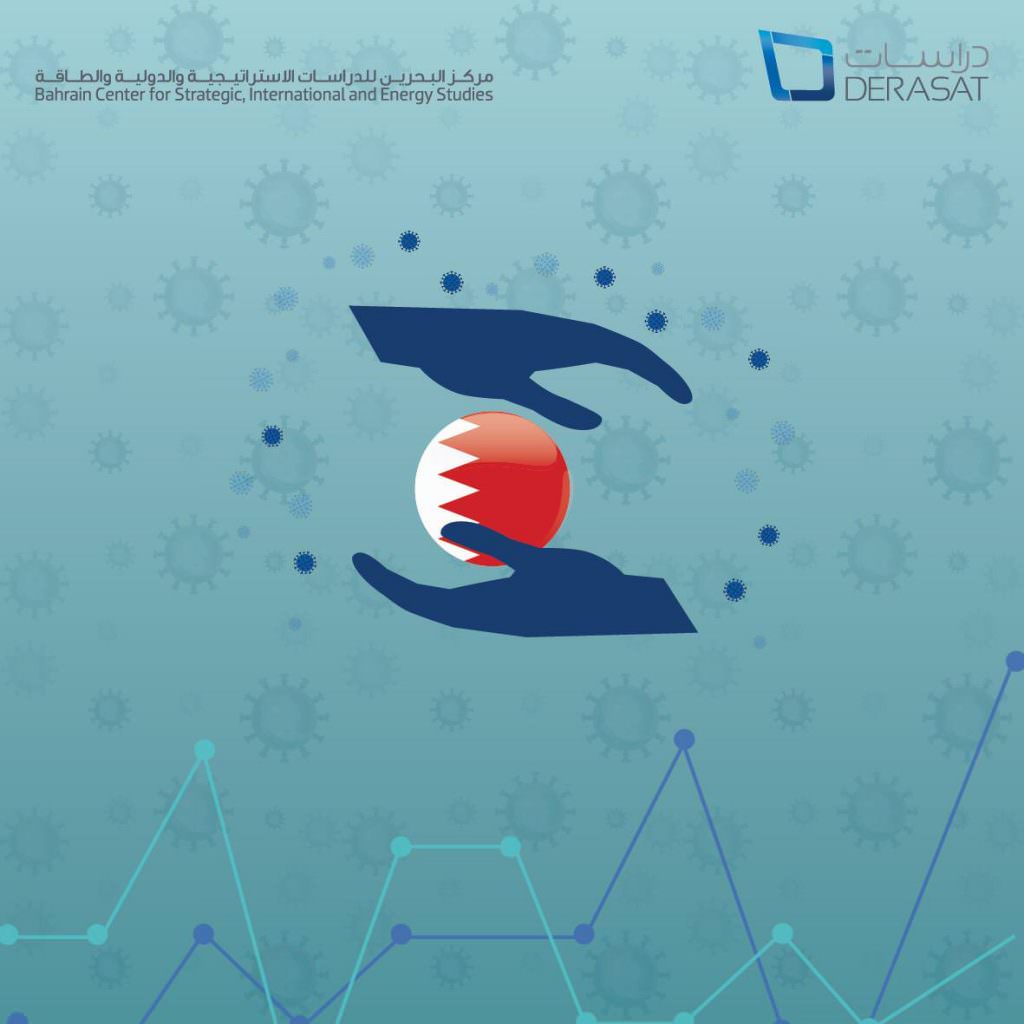What is a business cycle and at what point in the cycle do we in the GCC seem to be at?
A business cycle is the movement of total economic activity (GDP) around a long-run trend. When total economic activity grows faster than its long-term trend, it is called a boom, and the reverse is a recession.
Business cycles are nowhere near as consistent as their name suggests. Booms and recessions are highly unpredictable, both in terms of their start date and their duration. An added complication is that the economy’s long-run trend is not fixed, making it hard to distinguish between, for example, an economic recession and a decrease in the long-run rate of economic growth. This is especially true of the GCC.
People dislike instability, as it makes long-run decision-making more difficult, and they welcome government policies that can dampen cycles. The policies’ efficacy depends upon what you think causes business cycles. There are two leading explanations.
The first, associated with British economist John Maynard Keynes, posits that cycles are the result of a failure of consumers and companies to coordinate their actions. People are constantly changing their economic decisions, and economic decisions are interdependent, meaning that when you change what you want to do, others change what they want to do as well. For example, when the price of petrol increases, people switch to public transport, which makes public transport more crowded, which makes people reconsider private cars, and so on. These sequences of adjustments take time, especially because some decisions, such as flight reservations, cannot be instantly or cheaply revised. In this context, a recession corresponds to a situation where a sequence of decisions to cut expenditure is in process, and is snowballing; while a boom refers to the opposite.
The second explanation, associated with American economist Robert Lucas, posits that cycles are the result of consumers and companies being unsure of how to interpret movements in prices. For example, imagine that you are booking a flight, and you notice that the price is much higher than normal. You are unsure if this is something transitory or permanent; you are also unsure if this affects all flights, or just the flight that you happen to be booking. In this context, booms and recessions correspond to a situation where people are erroneously judging the strength and persistence of price movements that they are observing, and end up overproducing and overconsuming (booms) or the reverse (recessions).
If you believe the Keynesian explanation, then you would recommend that the government act in a contrarian manner to compensate for the failure to coordinate decisions. So when people are stuck in a sluggish cycle of expenditure-cutting, which implies a recession, the government should spend above its long-run trend to manhandle aggregate economic activity back to its long-run trend level. This is referred to as fiscal stimulus.
If you believe the Lucasian explanation, then the government is impotent, because it is as ignorant as people are regarding how to interpret prices in the economy. The best thing for the government to do, therefore, is hold a steady course to avoid adding to the confusion over the true state of the economy.
The GCC economic cycle has the added feature that the long-run trend is driven by oil prices, because oil prices are so central to economic activity. This makes the long-run trend very volatile, owing to the volatility of oil prices, whereas in a standard economy, the long-run trend is quite stable. Further, oil prices are virtually impossible to forecast accurately looking more than a few months forward, which makes life very difficult for policymakers. We won’t be able to truly judge the GCC’s position in the cycle until a few years have passed and we can look back.




